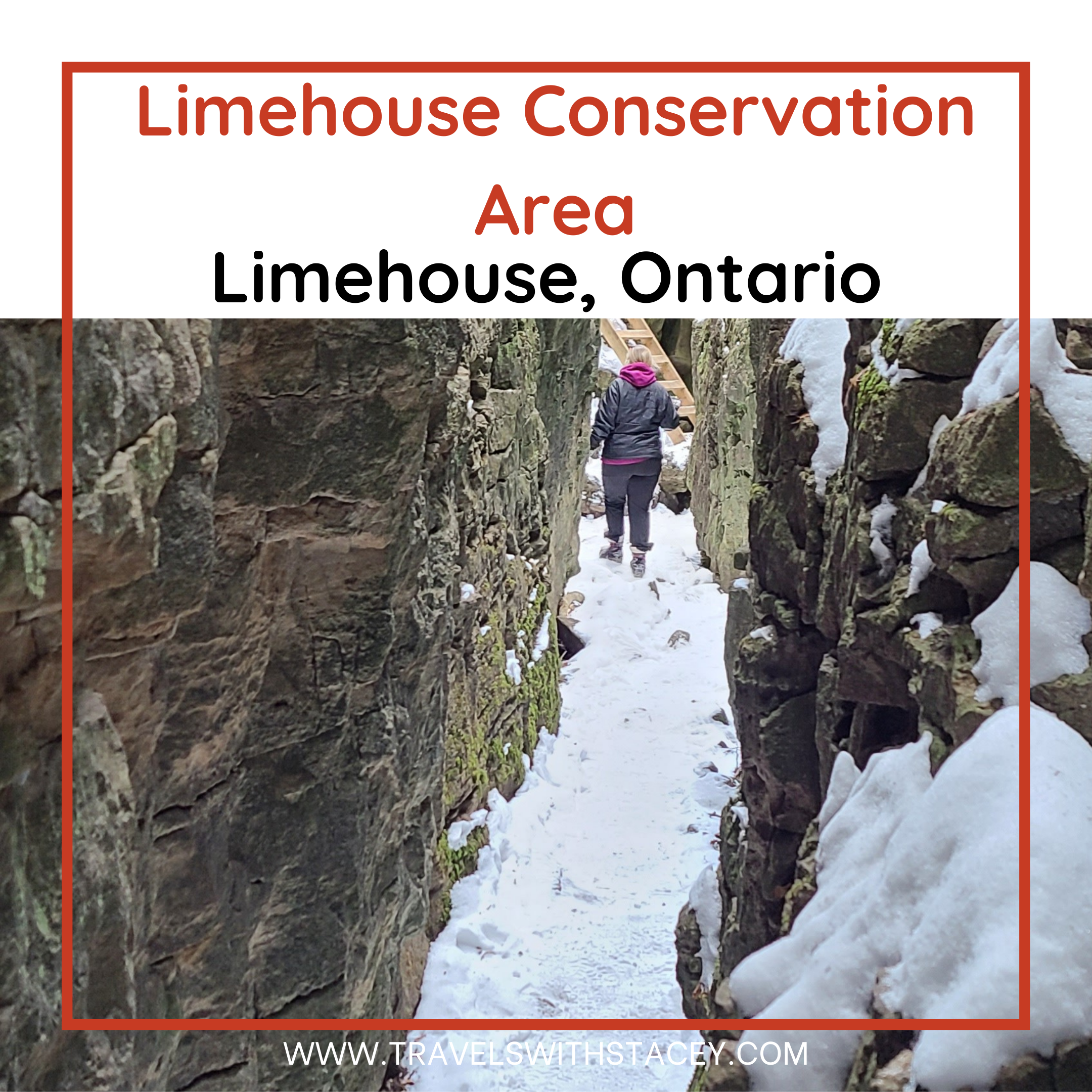
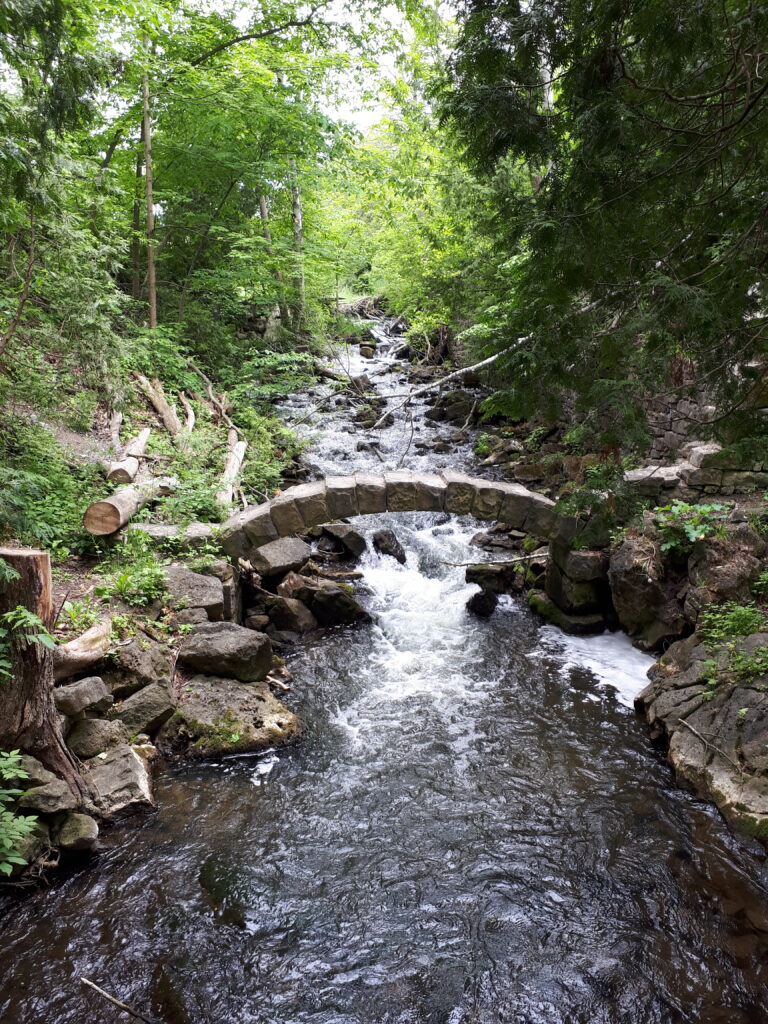
Limehouse Conservation Area is a fun place to visit. It is part of the Niagara Escarpment and is a part of history. Named Limehouse because it was the centre of lime production, which is needed to make concrete, mortar and fertilizer. There are two main draws to this area. First are the fissures in the rocks, and second is the ruins.
Entry to this park is free and has a large parking lot. It is also where the locals play baseball, which is evident when you first arrive. Officially, the parking lot is not maintained in the winter, but it was plowed and readily accessible when we arrived. Because of its popularity, the paths are easy to find and follow. It is not a far walk from parking to the beginning of the fissures.
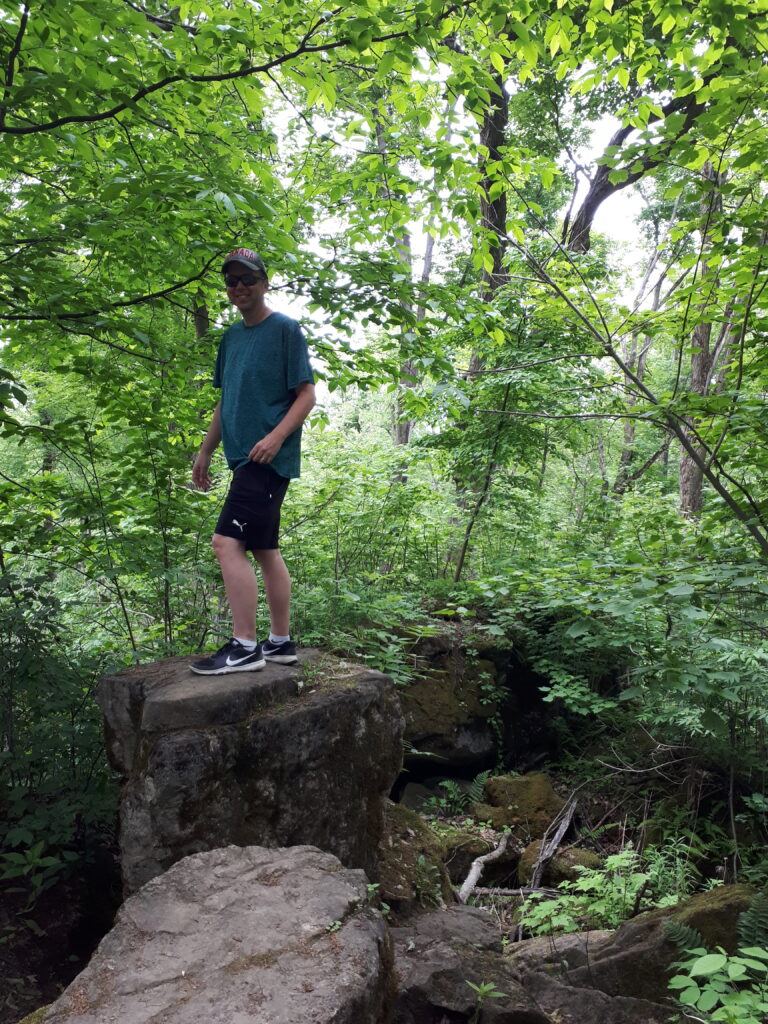
It is not overly challenging, compared to some that we have visited, nor is it a large area, but it is a fun area to explore the fissures in the rocks. The most famous feature is called “Hole In The Wall” and has a sturdy ladder to get down from the top where the cracks in the rock are, to the base of the fissures and onto the other sections of the park. Be mindful that there are fissures almost everywhere of all sizes, and watch your footing as you are in the area.
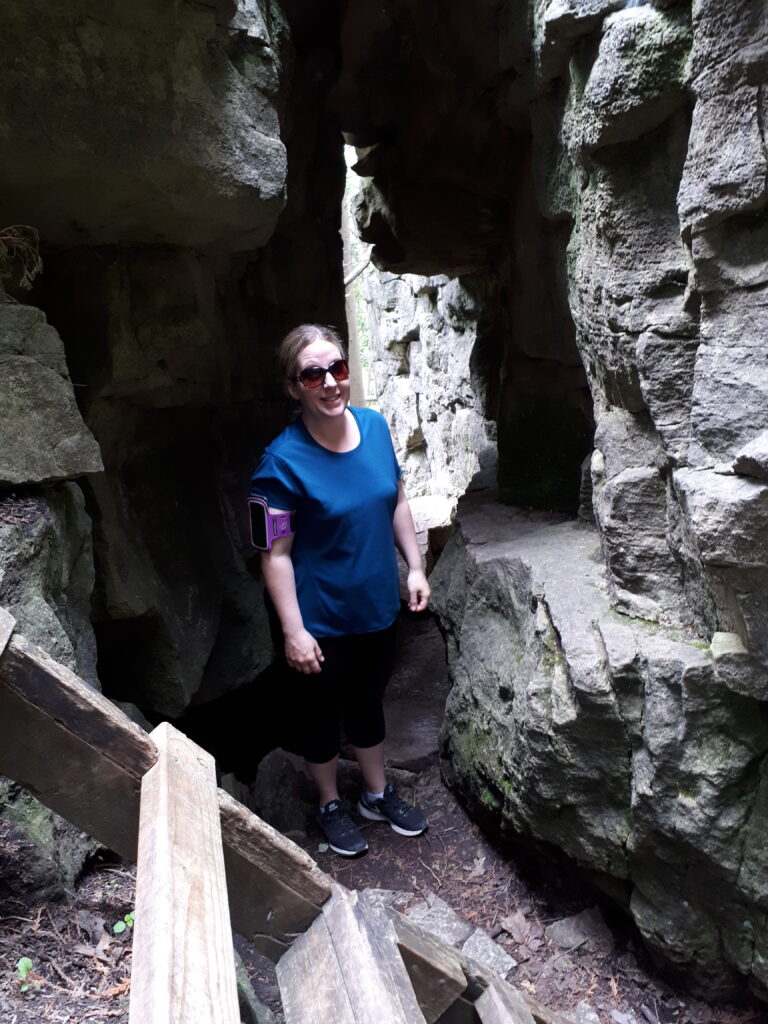
We did what we could to explore every crack and fissure and would continue our way along the path to the first of the ruins. Where the bridge crosses the water, is an arch. It is picturesque and is all that remains from a larger structure. Unfortunately, after our visit, the park officials had wrapped the entire arch and blocked its access because people had started climbing onto it to take pictures. Such action would destroy this relic very quickly.
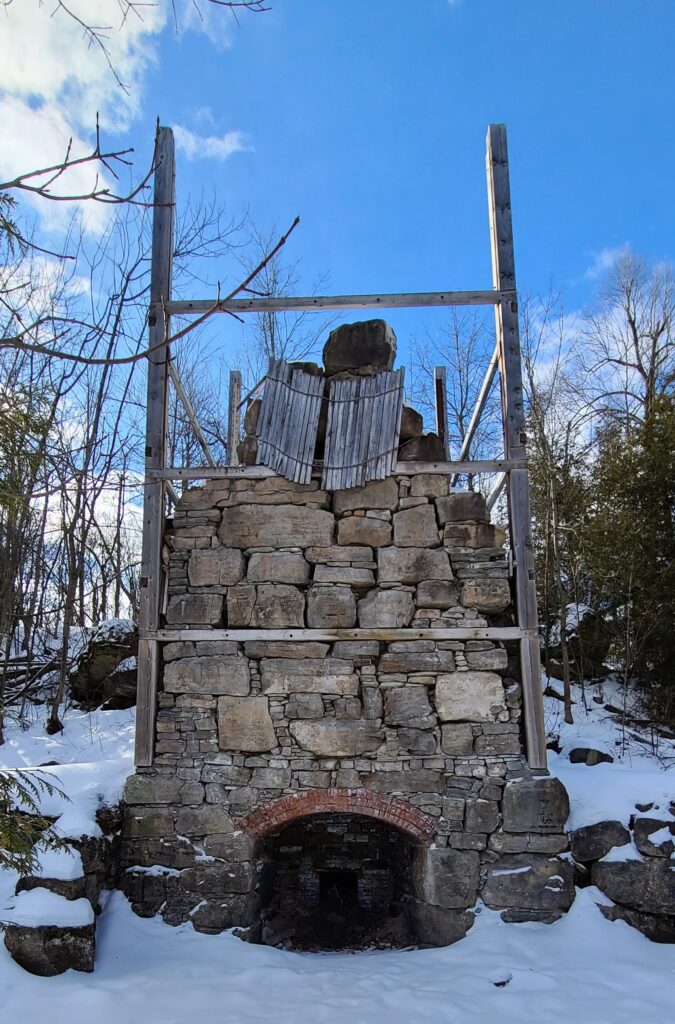
Beyond this arch and through a nice section of the conservation area is a larger, uglier structure. The arch is an engineering beauty, and this towering assembly of rocks was not. It served its purpose in the day but was never meant to be something to admire. This was the kiln that would heat the limestone and transform it into lime that is used for many purposes.
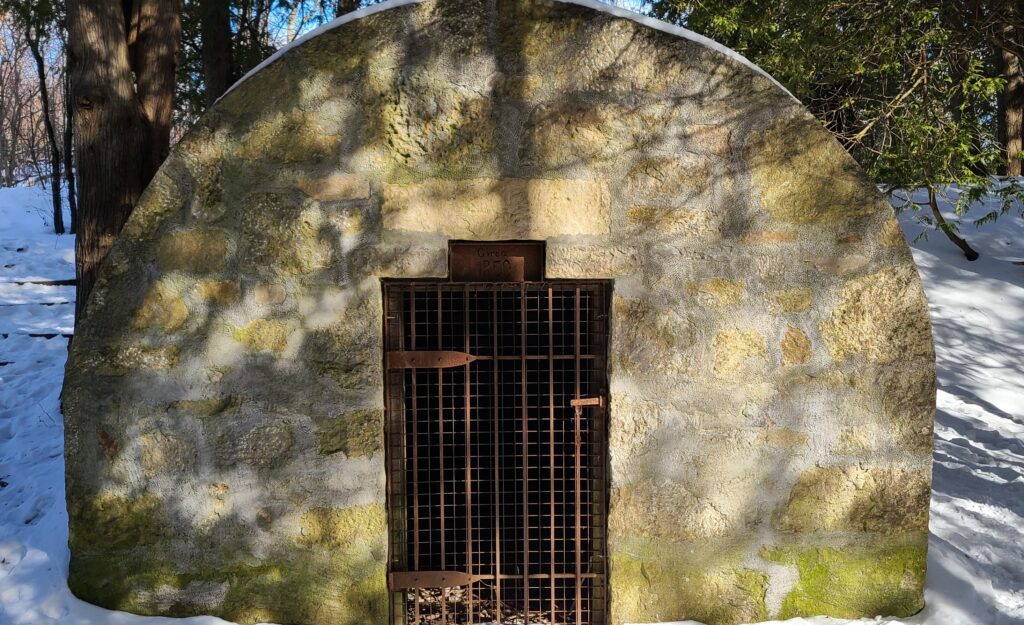
Beyond this is a sturdy structure called a powder-house constructed in 1850. Considering its appearance, I can only assume that the powder it housed was explosives to mine the limestone. After this last memory of the past, the only way back to the parking lot is to return to where we came from. Returning to the bridge where the arch is, we had decided to take the opposite direction and followed the trail along the river and through the woods. It is tough to believe that the forest we had been walking through did not exist, and the entire feel of this area would have been different had we been here a century or two earlier. Ruins are one of the main things we look for. It is a tiny glimpse into the past and shows how quickly mankind can take from a spot, and once those resources are used up, it is even more impressive just how much more rapidly nature can claim it all back.
This place has both natural history and local industrial history. It is a fun place to explore, no matter what season and considering that it is free, it delivers on value.
Limehouse Conservation Area website.
Official map:
This site is shown on a Google map that I called Featured, and it shows this location and many others.

